The Soldier’s Wife 1941
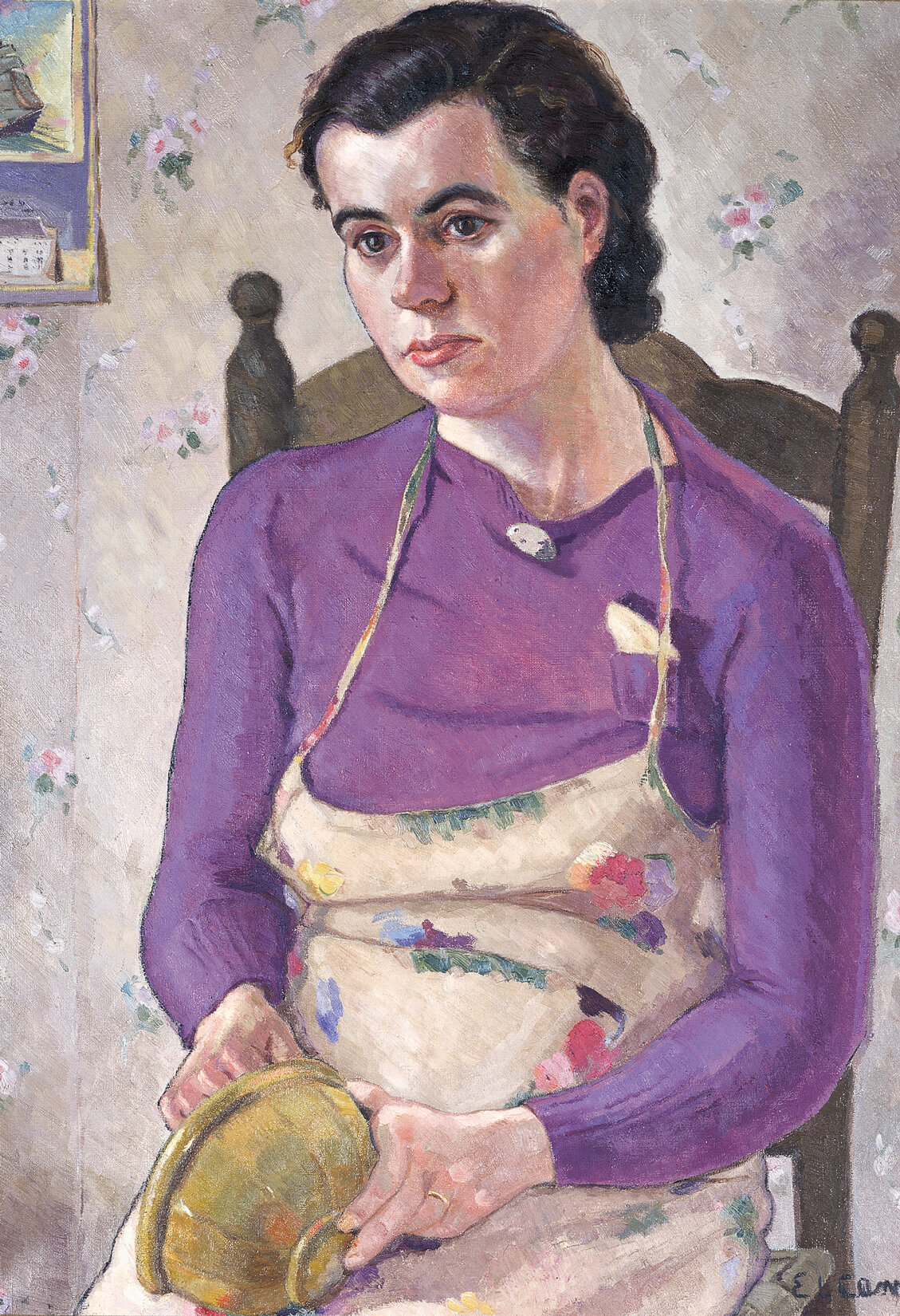
Elizabeth Cann, The Soldier’s Wife, 1941
Oil on canvas, 65 x 46.1 cm
Art Gallery of Nova Scotia, Halifax
In this remarkable portrait by Elizabeth Cann (1901–1976), a military spouse, busy with household tasks, has let her thoughts wander sorrowfully to her combatant husband. She is framed by a calendar on her right, the back of the chair she sits in, the mixing bowl on her lap, and her own dark hair. Her seat is pushed back against the floral wallpaper, and the edge of the canvas descends oppressively over her head. The corner of the room to her right is also very close. Her chair meets the right-hand edge of the canvas on her left, further compressing the airless and imprisoning space. The cheerful flowers on the wallpaper and her apron, combined with the warm pinks, purples, and creams of the paint, contrast with the sitter’s sad demeanour. Her drooping brooch and sagging breasts suggest immense fatigue and indifference to her appearance. Furthermore, a handkerchief peeking from a pocket near her left shoulder suggests that tears are not far away. Mystery accompanies many of Cann’s compositions, a majority of which are staged and depict women who seem isolated, lonely, and detached from life. The Soldier’s Wife is her only known Second World War work, and the sitter has never been identified.
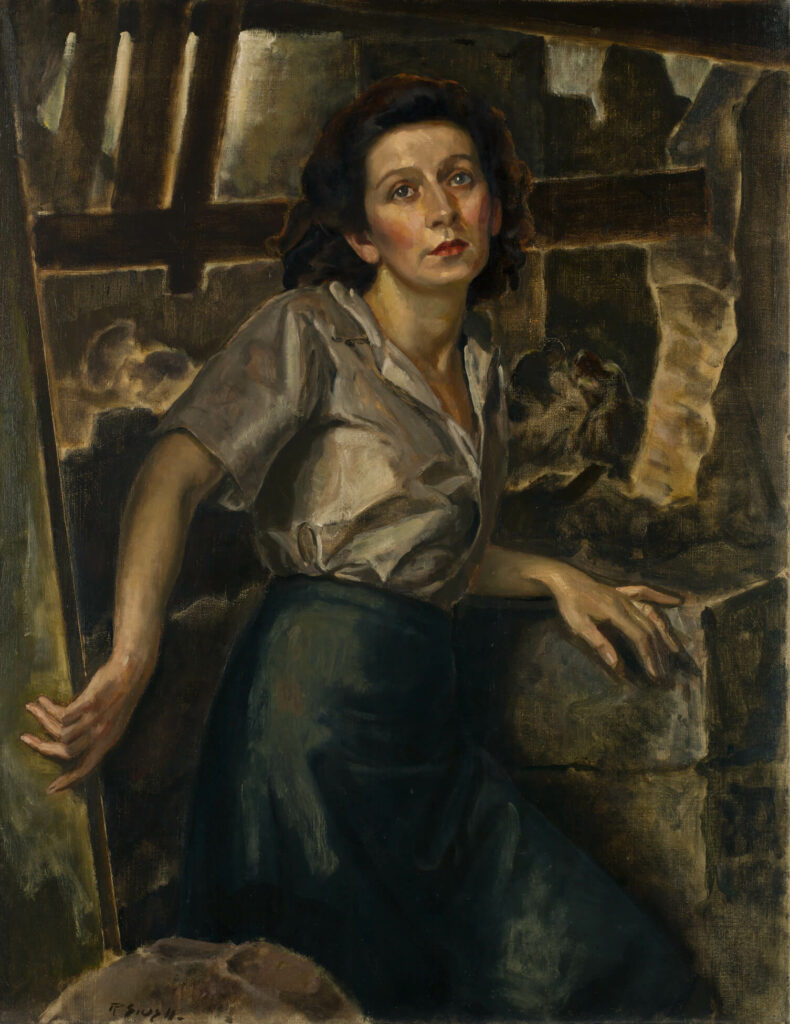
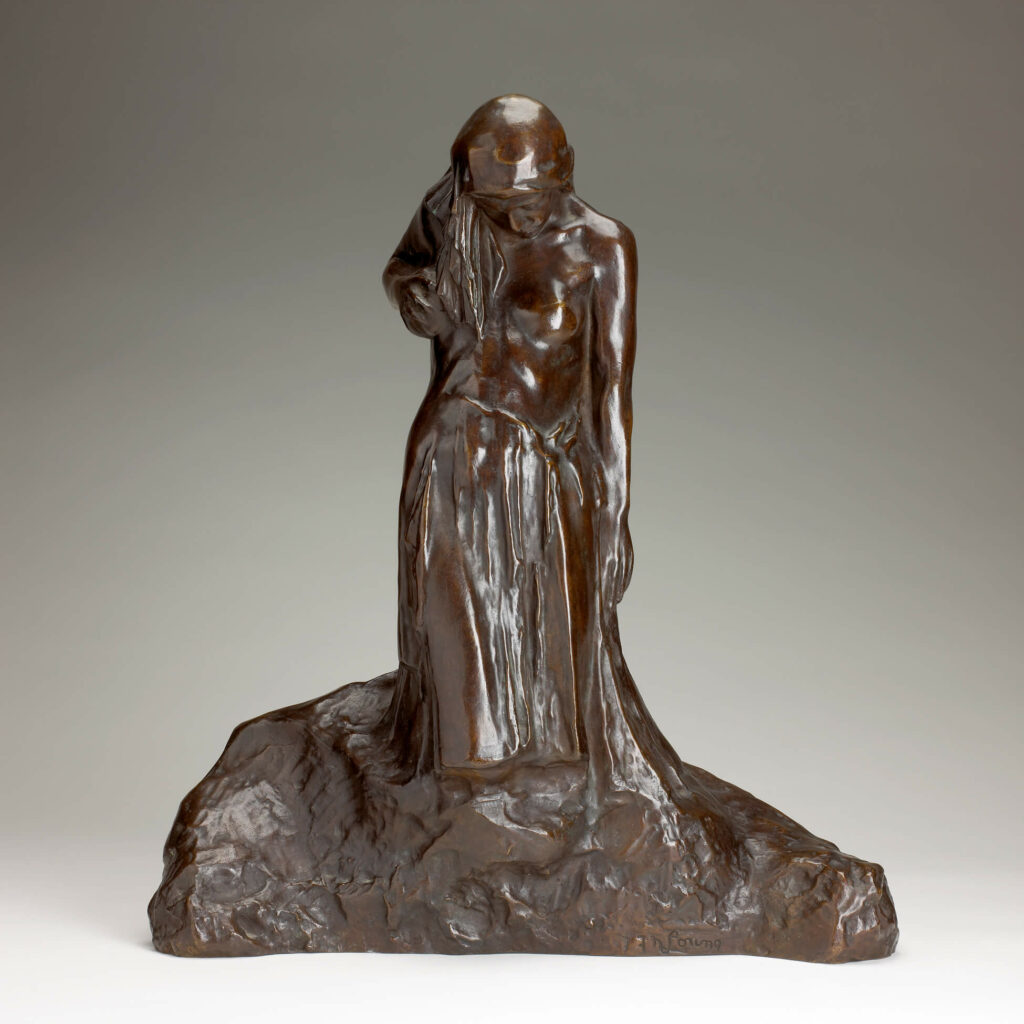
The uniqueness of Cann’s portrait underlines the fact that women or civilians are rare subjects for military portraiture. The majority focus on their subjects’ heroic attributes. One example in the Canadian War Museum, acquired only in 1974, portrays a British civilian heroine painted to resemble the protagonist in the celebrated Assumption of the Virgin, 1516–18, by Italian Renaissance painter Titian (1488–1576). Portrait of Mrs. Marion Patterson, G.M., c.1942, by Scottish artist Robert Sivell (1888–1958) depicts the titular Aberdeen fire warden as a saintly figure who helped save sailors trapped in the rubble of a bombed building. Sivell had studied in Italy.
In a story of Canadian war art that is dominated by male achievement, courage, and loss, it is difficult to find female perspectives on conflict, especially in official military collections. The First World War sculpture Grief, 1918, by Frances Loring (1887–1968), for example, was not cast until 1965, nearly fifty years after she sculpted it. Moreover, it is not in the Canadian War Museum but in the National Gallery of Canada. The Soldier’s Wife is also in a non-military institution: the Art Gallery of Nova Scotia accessioned it in 1974. While these works would undoubtedly round out Canadians’ understanding of conflict if they were in the Canadian War Museum, in a digital world what is important is that they are identified with conflict.

 About the Author
About the Author
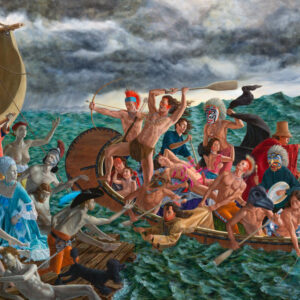 More Online Art Books
More Online Art Books
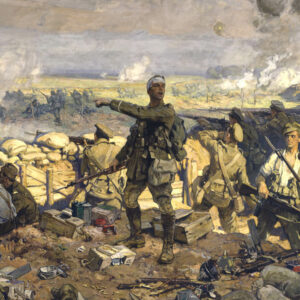 Acknowledgements
Acknowledgements